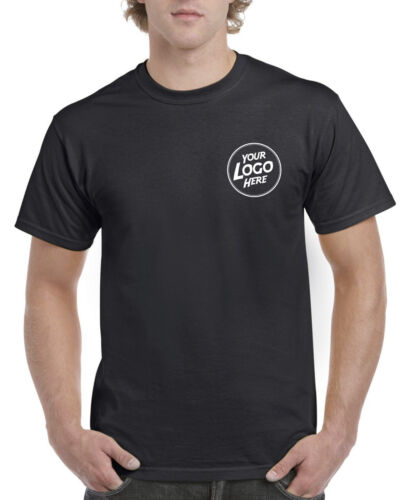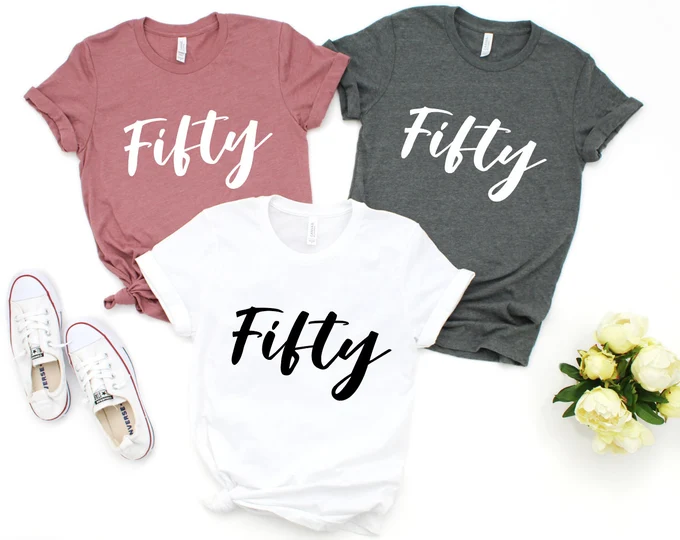From band merch at suburban gigs to polished uniforms on café strips, custom t shirts have become a staple of Australian culture and business. Behind that ubiquity is a fast-moving world of apparel printing technology that’s transformed what’s possible for designers, brands and community groups alike. Here’s how we got from hand-pulled screens to same-day, print-on-demand perfection—and where it’s all heading next.
1) The early days: transfers, stencils and hand-pulled screens
In the 70s and 80s, Aussie printers cut their teeth on plastisol heat transfers and hand-cut stencils. Colour options were limited, registration was a chore, and complex artwork was tricky. But the result had character—thick, bold prints that launched the first wave of community tees, surf labels and pub-rock merch.
2) Screen printing becomes the gold standard
By the 90s and early 2000s, screen printing matured into the benchmark for quality and durability in apparel printing.
- Why it took off: rich colour, superb opacity on dark garments, and unit costs that fall as quantities rise.
- Best for: corporate uniforms, school leavers’ gear, sports clubs and charity events needing 50–5,000+ custom t shirts.
- Limitations: multi-colour artwork requires multiple screens; small runs and personalised names/numbers get pricey.
3) Sublimation steps in for all-over colour
As polyester performance wear grew in sport and workwear, dye-sublimation found its lane. It infuses ink into polyester fibres for lightweight, breathable garments with photographic colour.
- Best for: team kits, event tees, fishing shirts and hi-vis where moisture management matters.
- Caveat: needs light-coloured, high-poly fabrics—less ideal for cotton lovers.
4) DTG makes small runs effortless

The late 2000s brought Direct-to-Garment (DTG)—inkjet heads printing directly onto cotton tees. Suddenly, full-colour one-offs and micro-runs became viable.
- Wins: no screens, fast artwork changes, soft feel on 100% cotton.
- Use cases: merch drops, influencer capsules, Etsy/Shopify stores, test prints before bulk orders.
- Watchouts: slower than screen on large volumes, and print vibrancy can vary on dark garments without careful pretreatment.
5) DTF changes the game for versatility and speed
The 2020s ushered in Direct-to-Film (DTF), bonding printed transfers to garments with heat and pressure. It combines the agility of digital with the versatility of transfers.
- Why Australian printers love it:
- Works on cotton, poly, blends—even tricky fabrics.
- Crisp, vibrant results on light and dark tees.
- Efficient for names, numbers and complex logos without set-up pain.
- Works on cotton, poly, blends—even tricky fabrics.
- Perfect for: mixed-fabric orders, on-demand fulfilment, and branding across tees, hoodies, polos and totes.
6) Embroidery keeps its premium edge
While not strictly “printing,” embroidery remains the go-to for a premium, durable finish on polos, fleece and caps. Many Aussie businesses pair embroidered logos with printed back art on custom t shirts for a sharp, uniform look.
7) Sustainability moves from nice-to-have to non-negotiable
Consumers expect better, and Australian printers are responding:
- Water-based and phthalate-free inks in screen printing.
- Organic cotton and recycled polyester garment options.
- On-demand production (via DTG/DTF) that cuts dead stock and landfill.
- Local fulfilment to reduce transport emissions and support Aussie jobs.
Sustainability is now a selling point—especially for brands courting conscious customers and councils with procurement policies.
8) The rise of on-demand and creator commerce
Social media + Australian fulfilment = a boom in micro-brands. With DTG/DTF, creators can launch a design today and ship tomorrow—no bulk buys, no storage. Integration with Shopify/Etsy streamlines orders, while local print partners keep quality high and lead times short. It’s never been easier to test a design, gather data, and scale winners.
9) Choosing the right method (quick guide)
Match your brief to the tech for the best result in apparel printing:
- Screen Printing – Best for 50+ units, spot colours, dark garments, and long-lasting bulk orders.
- DTG – Best for small runs, photographic designs on cotton, and soft hand feel.
- DTF – Best for mixed fabrics, vibrant logos, personalisation, and quick turnarounds across product types.
- Sublimation – Best for sport/performance wear (polyester) and all-over prints.
- Embroidery – Best for premium logos on polos, hoodies, jackets and caps.
10) Cost, quality and turnaround—how they’ve shifted
- Set-up costs: Digital methods (DTG/DTF) minimise set-up, making short runs cost-effective.
- Per-unit price: Screen wins at volume; digital wins at small quantities and personalisation.
- Quality: Each method can look “retail-ready” when matched to the right garment and artwork prep.
- Speed: On-demand workflows now deliver same-week (often faster) for most custom t shirts in Australia.
11) Design trends shaping today’s custom tees
- Bold minimal logos: clean brand marks on quality blanks.
- Local pride & causes: clubs, schools, community events and charity runs.
- Workwear-as-merch: staff tees that double as streetwear.
- Premium blanks: heavyweight cotton, boxy cuts, pigment dyes.
- Personalisation: names, numbers and micro-drops made easy via DTF.
12) The future: smarter, cleaner, more personal

Expect to see:
- Mass-customisation at scale with automated DTF lines and smarter RIP software.
- Greener chemistry and closed-loop washing/filtration in screen rooms.
- 3D textures and tactile finishes blended with digital speed.
- Real-time merchandising, where data dictates designs for suburbs, teams or even single events.
Practical tips before you order custom t shirts
- Match method to material: cotton loves DTG; mixed fabrics thrive with DTF; bulk orders suit screen printing.
- Supply vector artwork: crisp logos (SVG/AI/PDF) save time and lift print quality.
- Test on your actual blank: request a pre-production proof, especially for dark tees and speciality inks.
- Think wearability: pick colours and cuts your crew and customers actually want to wear.
- Plan for growth: lock in colour codes and print specs so reorders stay consistent.



